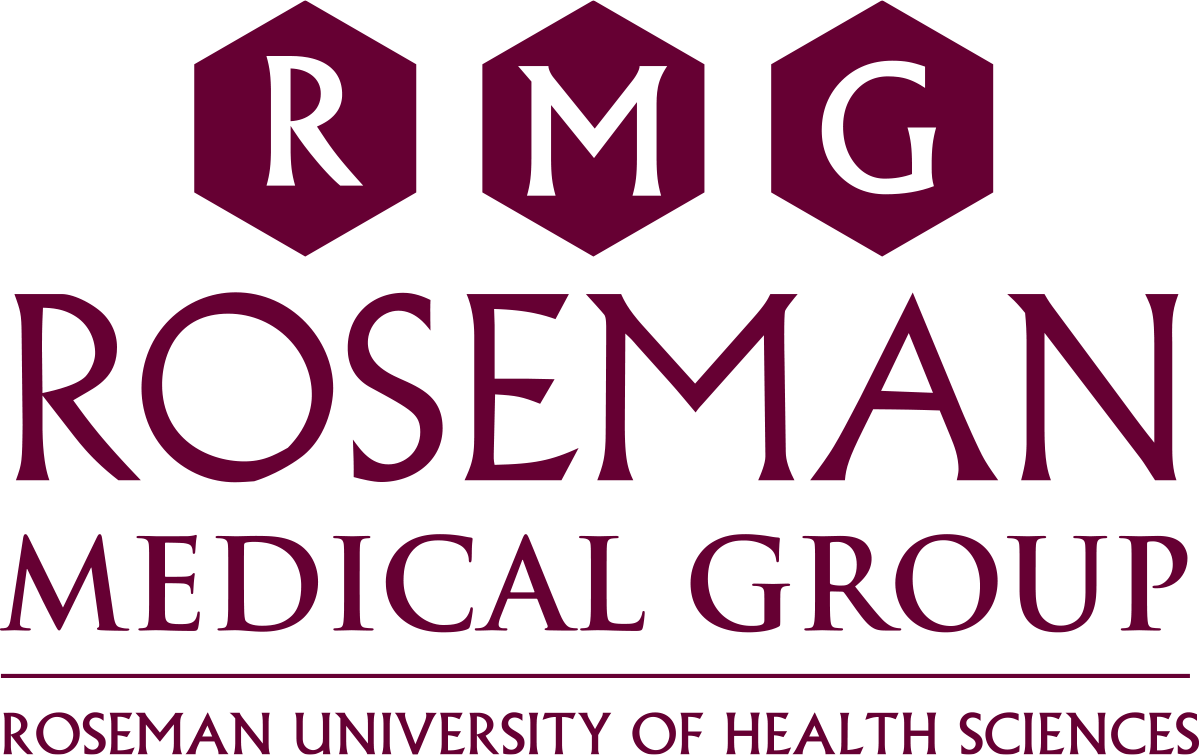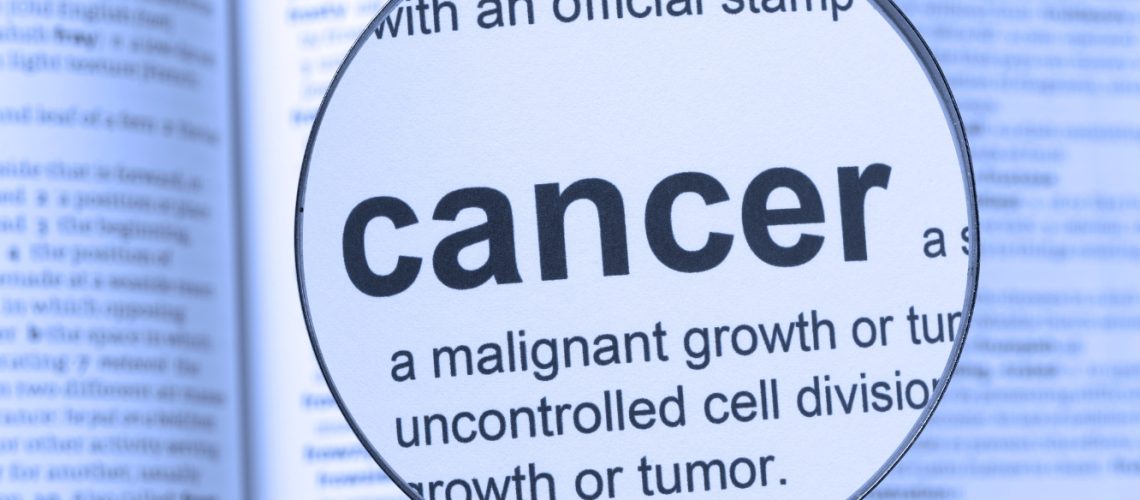A foundational element of Roseman University’s mission is to “impact the health, education, and wellness of the communities it serves,” and the University delivers on this promise in many ways. Awareness and education about diseases impacting the lives of those around us is–and has always been–a part of Roseman’s work in the community.
As April winds down, we consider this month’s focus on Oral Cancer.
In 2016, about 48,330 new cases of Oral Cancer were diagnosed in the U.S., with roughly 9,570 deaths in the same year. The disease seemed to be decreasing in prevalence in the 1990s but has shown an increase in recent years. According to the American Cancer Society, they estimate about 54,540 new cases in 2023 and roughly 11,580 deaths.
Overall, five-year survival rates have increased marginally from 57 percent in 1990 to the current rate of 68 percent, largely due to early detection. However, the potential of early detection has not been fully realized which if fully implemented could increase the five-year survival rate to around 90 percent. In Nevada, 15.8 percent of cancers in males are attributed to Oral Cancer, and in women, 5.4 percent of cancers are Oral Cancer. Incidence rates of this disease rise sharply between the ages of 45-50 and in Nevada is significantly higher than cervical cancer, a disease which women are screened for through annual pap smears. It is an irony that we don’t yet have a screening program for oral cancer that can be detected early merely by clinical examination and without sophisticated tools.
The incidence rates of cancers of “oral cavity and pharynx” in Nevada for the years 2015-2019 were: 15.5/ 100,000 males, and 5.7/100,000 females. (Source). This is a publication of NAACCR (North American Association of Central Cancer Registries, last updated on 6/10/22).
The need for increased oral screening is very real, for early detection is critical in this disease. With very few symptoms, signs of Oral Cancer are painless small ulcers, nodular lesions, or growths. Consistently swollen or sore gums can also point to a problem. White or red painless lesions may precede cancer by many years, and their identification can help in preventing invasive cancer. With a long preclinical phase, these lesions/cancers can be easily identified by trained physicians, dentists and paramedical workers through careful visual inspection and palpation. But patients must know the warning signs and alert their medical professionals to a potential problem. After biopsy, CT, MRI or PET scan, staging ensues which helps guide the course of treatment. Stage I and II Cancers are effectively treated with Surgery and Radiotherapy. Stage III and IV would include additional chemotherapy, Chemo-radiation, or therapy targeted at genes.
There is much research yet to be done. Roseman University wishes to embark on an Oral Cancer Screening Program, which will both help patients as well as provide invaluable data to begin to answer some of the outstanding questions that still exist. Information gaps exist in the understanding of the course of this disease, such as transformation rates of OPMD’s (Oral Potentially Malignant Disorders) to invasive cancer, frequency of screening, genetic/biochemical changes connected to various stages, and development of standardized clinical follow-up algorithm with identification of relevant biomarkers.
Dr. Kishore Chaudhry, MBBS, MD, DNB, Research Professor in the College of Dental Medicine provides unique perspectives on oral cancer as a physician. Dr. Chaudhry focuses on the multiple risk factors for Oral Cancer, including tobacco or smokeless tobacco, heavy alcohol use, HPV infection, genetic factors, oral hygiene, Candida infection, or chronic trauma. With over 7,000 chemicals in tobacco smoke, at least 69 can cause cancer. More research is needed on vaping and whether or not it too leads to an increased risk of Oral Cancer.
To learn more about Dr. Chaudhry’s work, see his published work in the peer-reviewed journal, Journal of Oral Biology and Craniofacial Research on Pan Masala (a chewed tobacco common in India): Habits and Risk of Oral Precancer: A cross-sectional survey in 0.45 million people of North India.
If you note any changes in your mouth, please report it immediately to your RMG provider or dental professional.
Author: Vanessa Maniago, Roseman University Vice President, Strategic Implementation and Engagement


